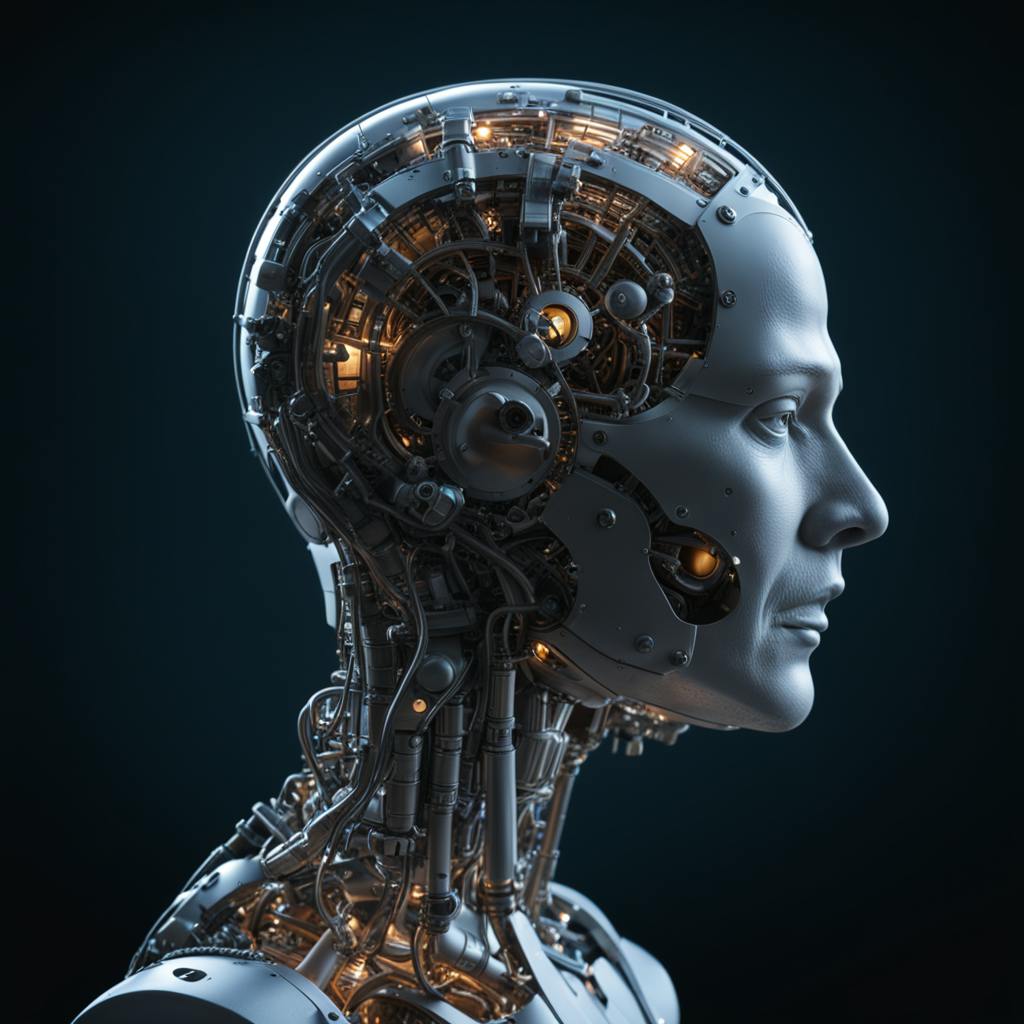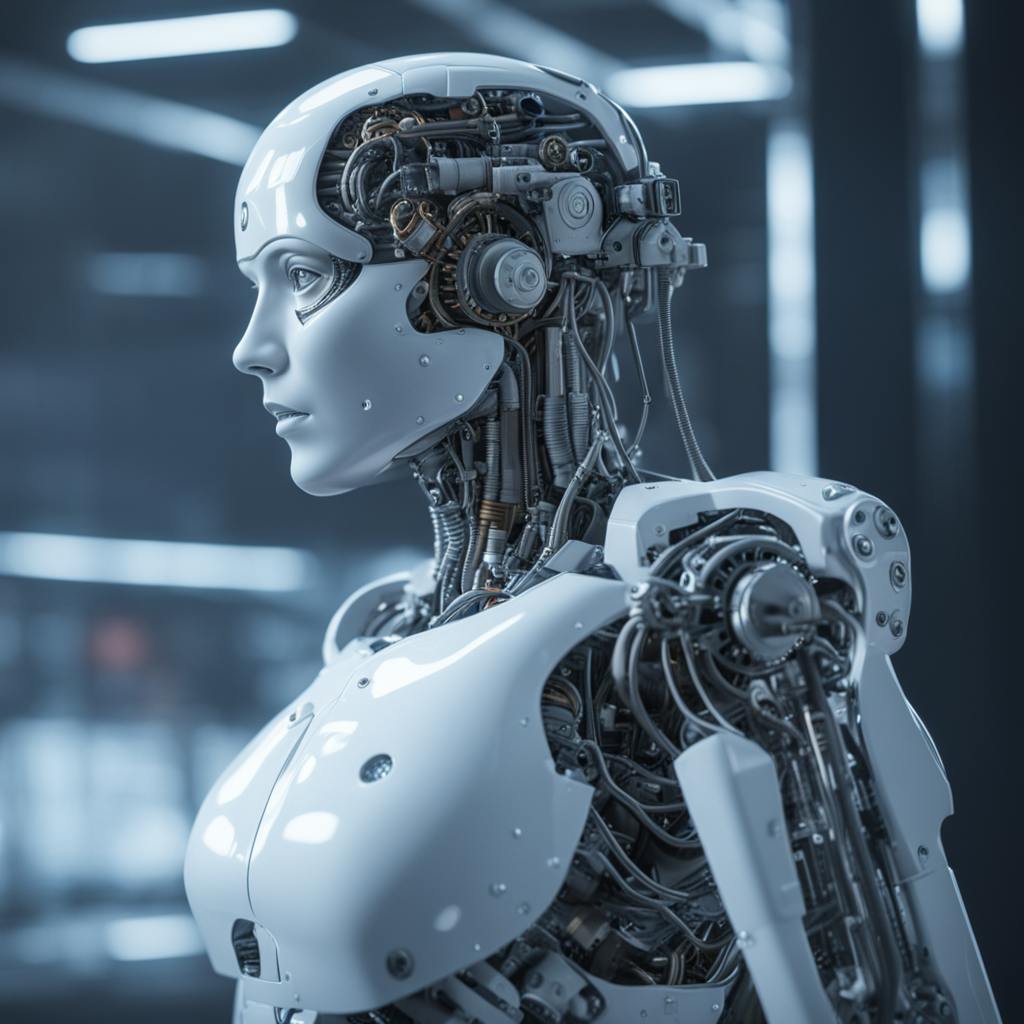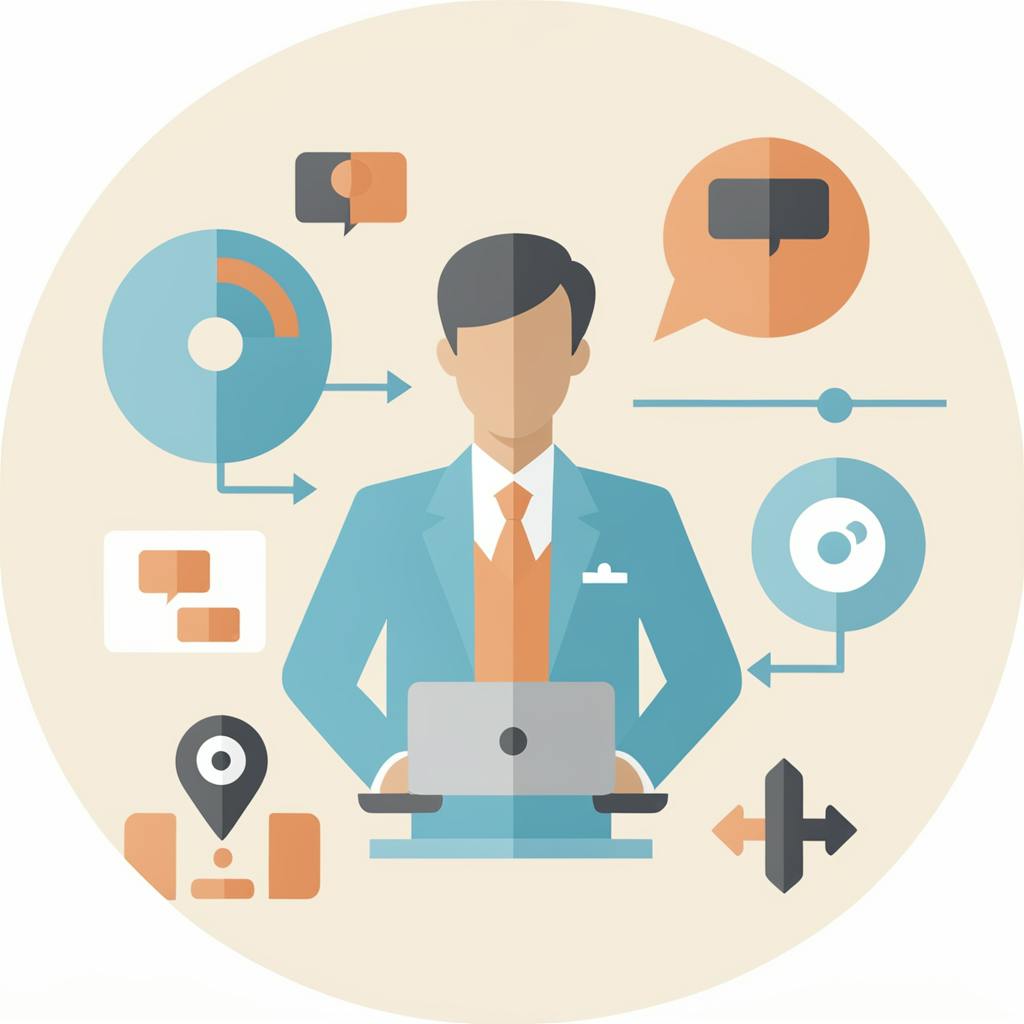Artificial intelligence (AI) has traversed a fascinating journey, evolving from a conceptual dream to an integral component of our daily lives. As we delve into how the way we use AI has evolved over time, it becomes evident that AI's transformative impact on industry, society, and our personal lives is profound and ever-expanding. From rudimentary beginnings to sophisticated algorithms that drive innovations across sectors, AI continues to redefine our future. This article explores this journey with clarity and credibility, offering compelling insights into AI's past, present, and potential future.
The Dawn of AI: From Theory to Practice
AI's development traces back to the mid-20th century when pioneers like Alan Turing envisioned machines capable of thinking. The initial focus was largely theoretical, with emphasis on understanding human cognition and computational possibilities. The 1950s and 60s saw the creation of basic learning algorithms and symbolic reasoning processes. However, technological limitations and insufficient data constrained AI's practical applications.
AI in the Late 20th Century: From Dormancy to Upheaval
The 1970s and 80s, often referred to as the "AI winter," marked a period of reduced funding and interest due to unmet expectations. However, this phase also laid foundational work for future advancements. The resurgence came in the 1990s, spurred by advancements in computational power and the availability of large datasets. During this time, industries began recognizing AI's value in optimizing operations and automating routine tasks, demonstrating how AI could enhance efficiency across various sectors.
The 21st Century: AI Comes of Age
At the turn of the century, AI began its transformation from a nascent technology to a universal cornerstone in industries worldwide. Machine learning and deep learning emerged, propelling AI to new heights. Industries such as healthcare, finance, automotive, and entertainment embraced these advancements to revolutionize how they operate. AI began to power recommendations on streaming platforms, automated fraud detection systems, predictive maintenance in manufacturing, and personalized healthcare solutions, illustrating a shift from theoretical exercises to tangible impact.

AI made with Christophe Vacher
Current Applications: AI in Every Corner
The proliferation of AI has reached nearly every aspect of human activity. Voice-activated assistants like Siri and Alexa, autonomous vehicles, and AI-driven diagnostic tools exemplify AI's pervasive nature. Businesses leverage AI for data analysis, customer service, and strategic decision-making. The industry's adaptability to integrate AI into its processes raises questions about how AI affects the future of industries. As AI becomes more sophisticated, the potential for autonomous systems and further automation across sectors grows.
The Future of AI: Challenges and Opportunities
As we ponder the future trajectory of AI, several frequently asked questions arise. How will AI evolve in an increasingly digital world? What challenges might it face, including ethical considerations and potential job displacement? The answers lie in understanding AI's dual nature: its ability to innovate while necessitating careful implementation. Data privacy, algorithmic bias, and accountability are crucial factors shaping AI's future development.
FAQ: How Has the Way We Use AI Evolved Over Time
Welcome to our comprehensive FAQ on the evolution of artificial intelligence (AI) usage. As a Technology Historian, I’ll guide you through the fascinating journey of AI, highlighting its milestones, its impact on our daily lives, and its transformative power across industries.
How has the usage of artificial intelligence evolved over the decades?
The evolution of AI has been marked by several distinct phases, reflecting advances in computational power, algorithmic innovation, and societal needs:
1950s-60s: Foundation and Early Exploration
- Era of Possibility: Alan Turing's seminal work laid the theoretical groundwork for AI.
- Symbolic AI: The focus was on high-level symbolic problem-solving, using logic-based strategies.
- Limited Success: Researchers were optimistic but faced barriers due to limited computational power and over-reliance on rule-based systems.
1970s-80s: Knowledge and Expert Systems
- Expert Systems Boom: AI systems developed during this period could mimic decision-making processes of human experts.
- Industrial Use: Used in sectors like medicine for diagnostics and in business for investment analysis.
- AI Winter: Overblown expectations and limited capabilities led to a period of reduced funding and interest.
1990s-2000s: Resurgence and Enhanced Algorithms
- Data-Driven AI: Improved access to data and better algorithms led to renewed interest.
- Machine Learning: Techniques like decision trees and neural networks gained traction.
- Milestone Achievements: IBM’s Deep Blue defeated chess champion Garry Kasparov in 1997.
2010s-Present: Deep Learning and Ubiquity
- Deep Learning Rise: Leveraging large datasets and advanced computational power to create powerful AI models.
- AI in Everyday Life: AI applications like Siri, Alexa, and Google Assistant became common.
- Ethics and Governance: Increased focus on the ethical implications and governance of AI technology.
What were the major milestones in the evolution of artificial intelligence?
The journey of AI is marked by pivotal milestones that have shaped its trajectory:
- 1950: Alan Turing proposes the Turing Test, conceptualizing AI capability.
- 1966: ELIZA, an early natural language processing program, is developed.
- 1997: IBM’s Deep Blue beats world chess champion Garry Kasparov.
- 2012: AlexNet wins the ImageNet competition, showcasing deep learning’s power.
- 2016: Google DeepMind’s AlphaGo defeats world champion Lee Sedol in the complex game of Go.
- 2020s: Advancements in language models like OpenAI’s GPT-3 demonstrate unprecedented text generation capabilities.
How has the development of AI technology affected our daily lives over time?
AI technology has steadily woven itself into the fabric of daily life, enhancing convenience, efficiency, and accessibility:
- Communication: AI-driven language translation tools and chatbots facilitate global communication.
- Personal Assistants: Digital assistants like Siri and Alexa help manage tasks and control smart homes.
- Healthcare: AI aids in disease diagnosis, personalized medicine, and patient data analysis.
- Transportation: Autonomous vehicles and predictive traffic systems revolutionize commutes.
- Entertainment: AI-powered recommendation engines personalize content on platforms like Netflix and Spotify.

AI made with Christophe Vacher
In what ways has the evolution of artificial intelligence reshaped various industries over time?
The transformative power of AI has touched almost every industry, driving innovation and redefining business processes:
- Healthcare: AI enhances diagnostic precision, enables telemedicine, and streamlines administrative functions.
- Finance: Automated trading systems, fraud detection algorithms, and personalized financial advice enhance service efficiency.
- Manufacturing: AI optimizes supply chains, predicts equipment failure, and facilitates robotics in production.
- Retail: Personalized marketing, demand forecasting, and inventory management become more efficient with AI.
- Education: Adaptive learning platforms tailor educational experiences to individual needs.
Through continuous evolution, AI has not only transformed industries but also reshaped society’s expectations and interactions with technology. As we look to the future, the ongoing advancements in AI promise to further revolutionize how we live and work, demanding thoughtful consideration of ethical and governance challenges.
Conclusion: Reflecting on AI's Transformative Journey
The evolution of AI from a conceptual framework to an indispensable tool underscores its dynamic impact on society and industry. Examining how the way we use AI has evolved over time reveals a trajectory marked by innovation, adaptation, and continuous growth. As AI becomes more integrated into our lives and industries, it offers both challenges and unprecedented opportunities, pushing the boundaries of what technology can achieve. AI's journey is far from over, and its future promises even greater transformations that will shape the world as we know it.

